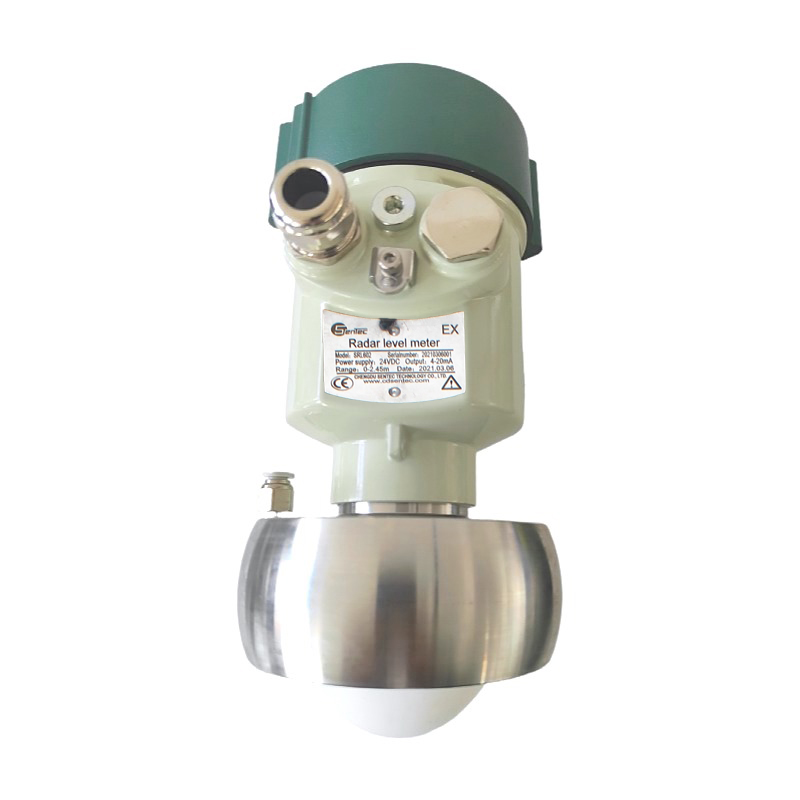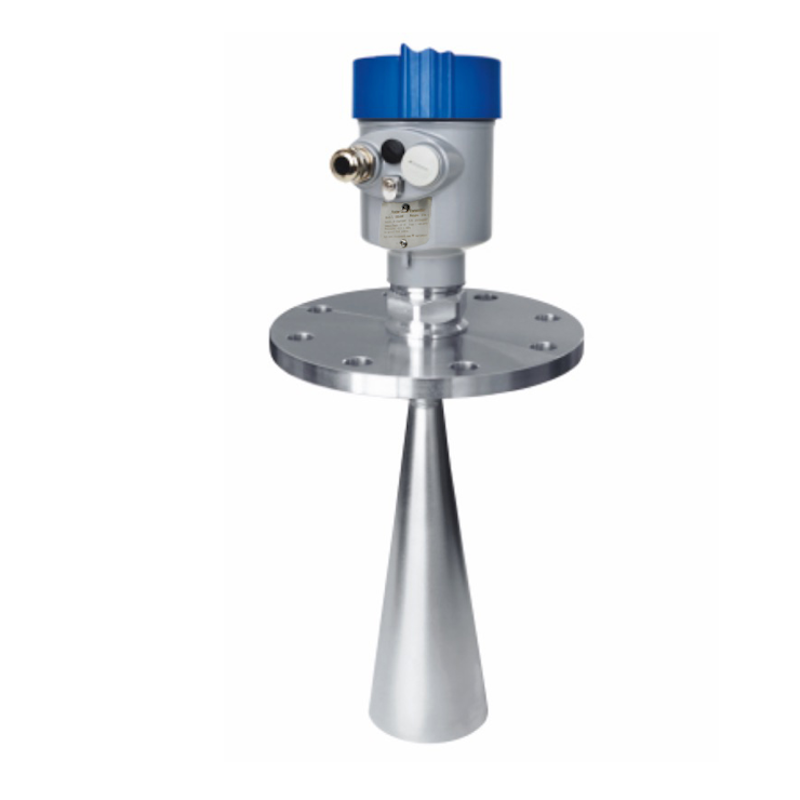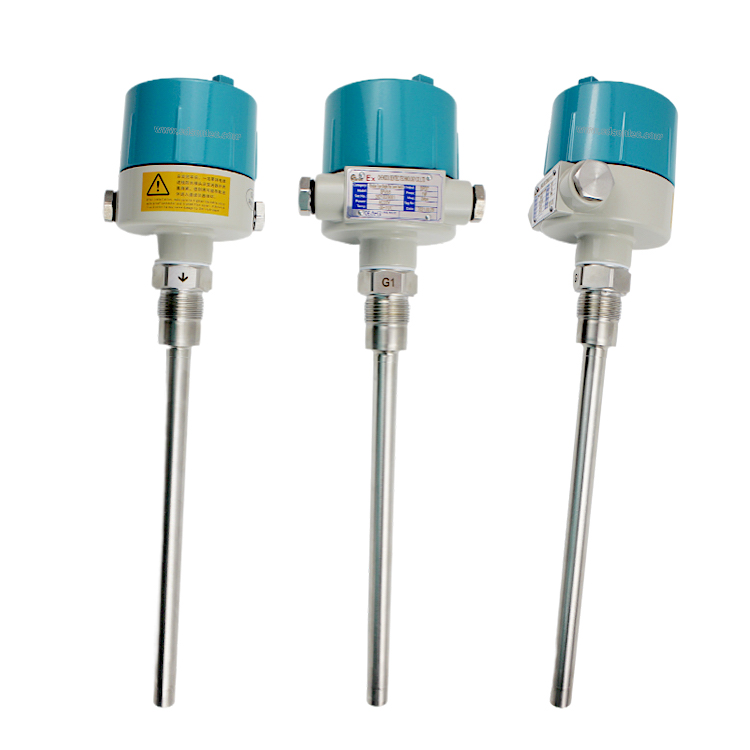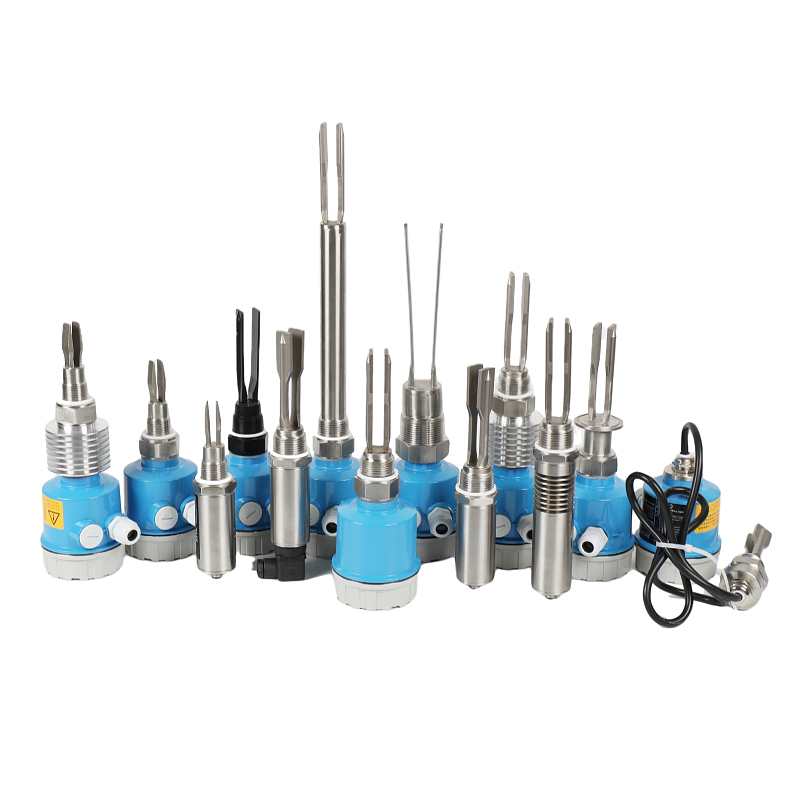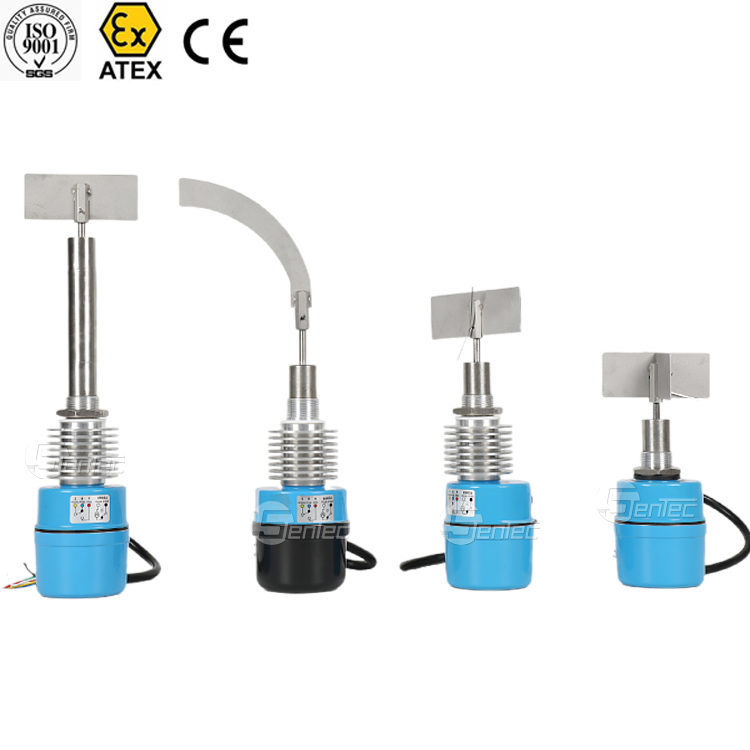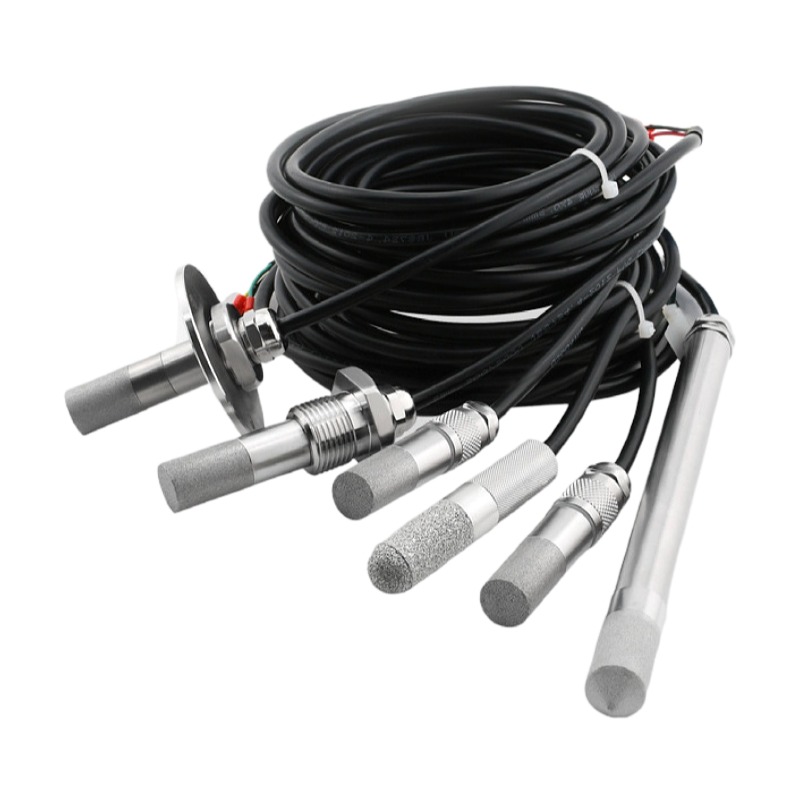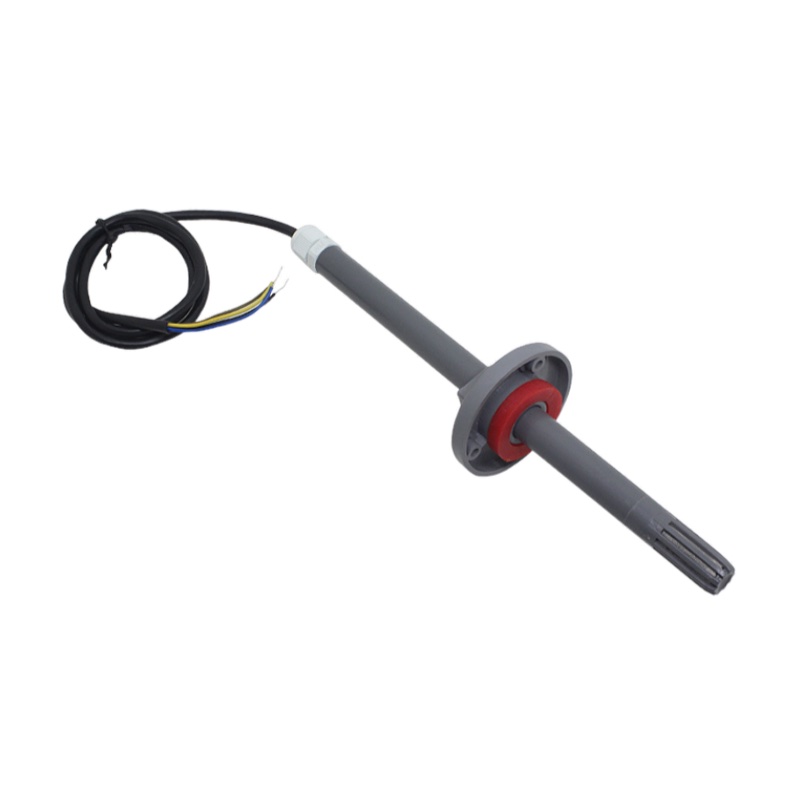Sensor to measure Solid Powder
What Sensor to measure Solid Powder? Radar level instruments and ultrasonic level instrument are the two main measurement sensor for continuous level measurements of grains, sand, powder and so on.
Table of Contents
Backgroud: Sensor to measure Solid Powder
A solid here refers to a substance as opposed to another form of liquid. Solids exist in various forms, such as blocks, bars, granules, etc.
Powder generally refers to an aggregate of discrete particles less than 1 mm in size. Powder is also a type of solid.
For the detection of solid powder, what we want to specify here is only the liquid level of the solid powder.
In industrial agriculture, we often measure the height of solid powder in storage, and the detection objects usually include grains, sand, powder and so on.
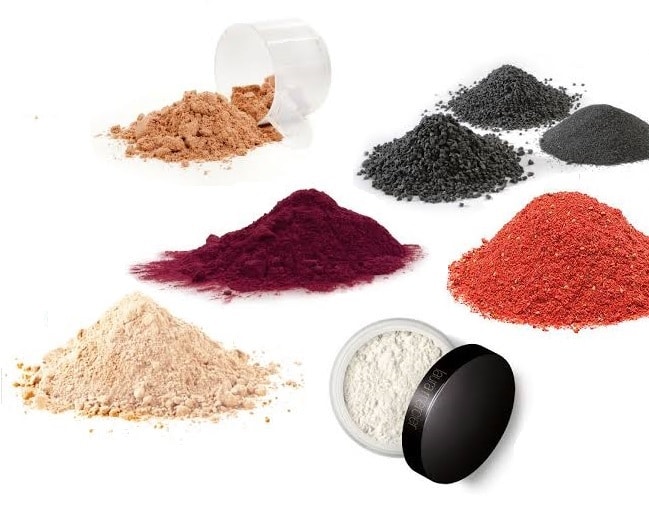
Solid powder continuous level measurement
Radar level instruments and ultrasonic level instruments are the two main measurement sensor for continuous level measurements of grains, sand, powder and so on.
Solid powder point level sensor
Point level sensors are devices that can detect the presence or absence of almost any liquid media. Generally, these sensors are used for processes where high or low levels need to be detected. Typically, the most common applications that require a point level sensor fall into two categories; leak detection – preventing expensive damage to equipment or service interruption or level measurement – preventing overspill or run dry situations. The technology works like a switch to drive an action when the tank or vessel level reaches above or below a certain threshold.
Subscribe To get new products and solutions
Solid Powder grain temperature sensor
The grain warehouse temperature and humidity monitoring system is an all-weather monitoring system that can centrally manage multiple warehouses and multiple monitoring points, so that the temperature and humidity of the grain warehouse can be displayed in real time, which is conducive to timely detection of humidity and abnormal temperature in the grain warehouse. , is a good assistant to prevent mildew and moisture.
System functions:
1. The temperature and humidity monitoring system of the grain warehouse can detect temperature, humidity and nitrogen concentration in real time and at regular intervals;
2. The grain warehouse temperature and humidity monitoring system builds background drawings through on-site modeling, and displays monitoring data simply and intuitively;
3. The temperature and humidity monitoring system of the grain warehouse analyzes the sensor data through reports and curves;
4. The temperature and humidity monitoring system of the grain warehouse remotely monitors and records video through the camera;
5. The temperature and humidity monitoring system of the grain warehouse has the function of report printing;
Latest Posts

Absolute vs Gauge Pressure: Avoiding Common Measurement Mistakes
The difference between absolute vs gauge pressure is vital for anyone who works with pressure measurements in industrial settings. Using these pressure references incorrectly can
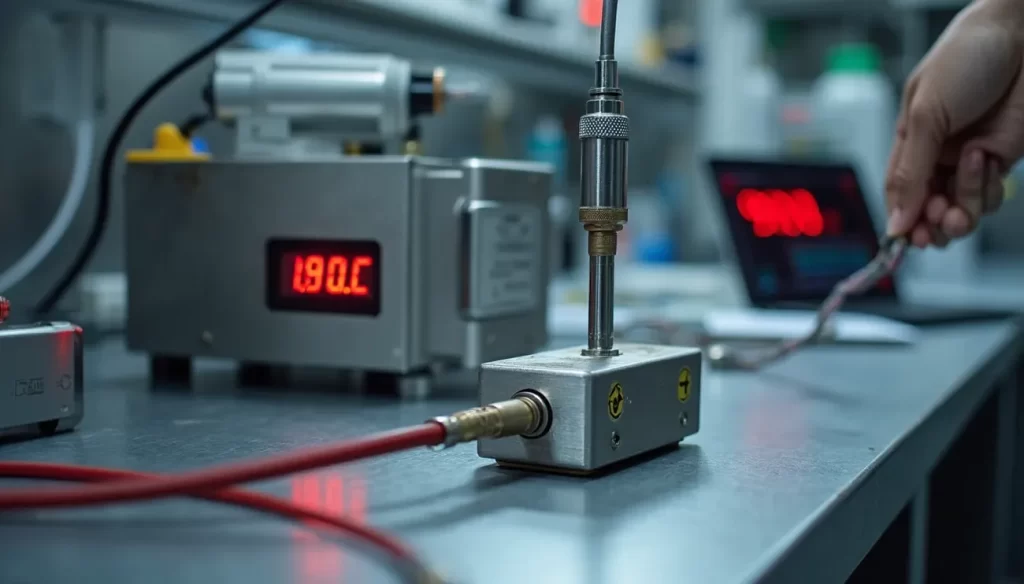
Why Your Thermocouple Calibration Might Be Wrong (And How to Fix It)
Thermocouple calibration might look like a small detail in your industrial processes. But here’s something you should know – type K thermocouples can drift more
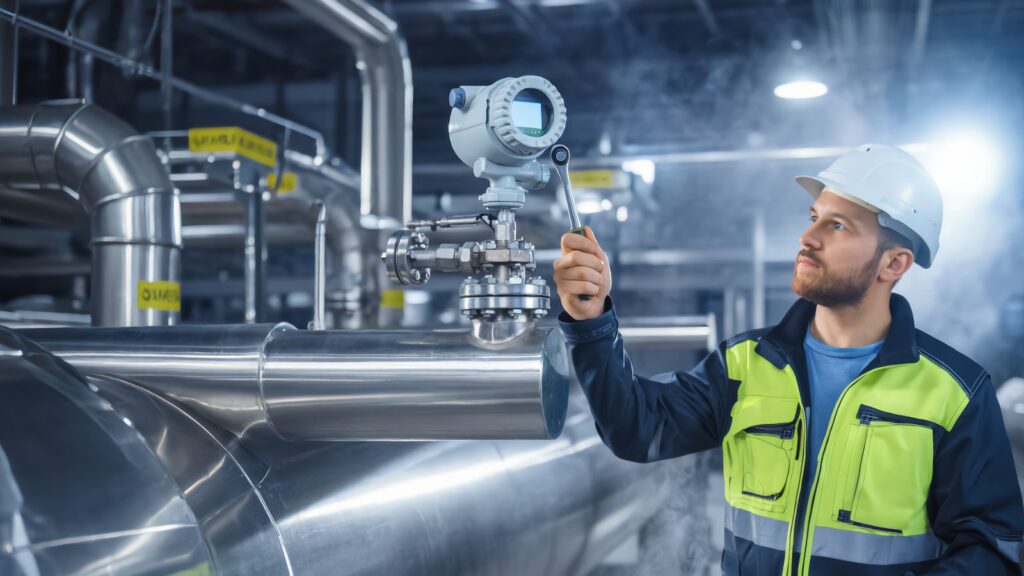
Why Engineers Choose Radar Level Measurement for Bypass Installations
Radar level measurement technology has become the preferred solution for engineers who work with challenging bypass installations. Radar level transmitters reliably measure tanks that reach

TVOC Air Quality Testing: Essential Facts for a Healthier Indoor Environment
Most people don’t realize they spend about 90% of their time indoors, where TVOC air quality poses surprising health risks. EPA studies have found that

